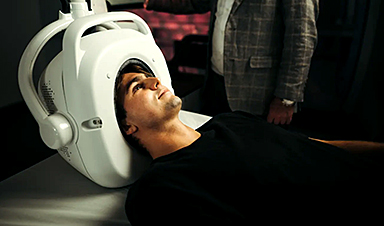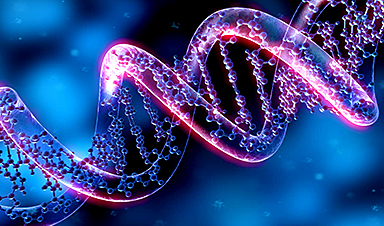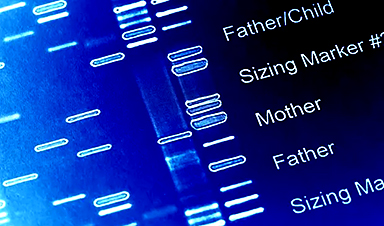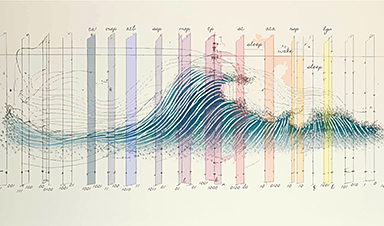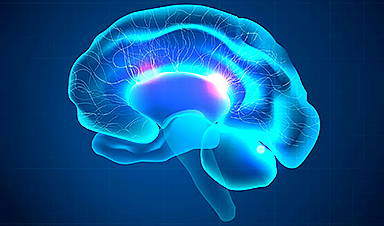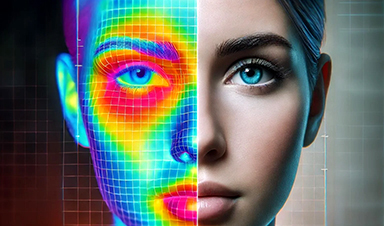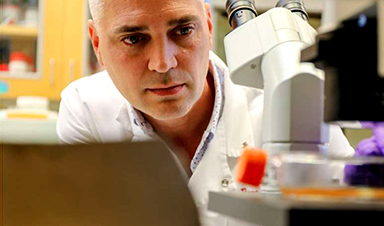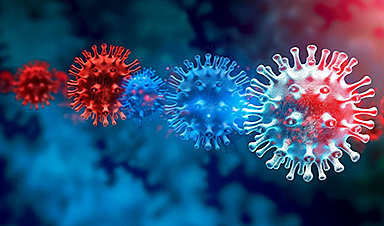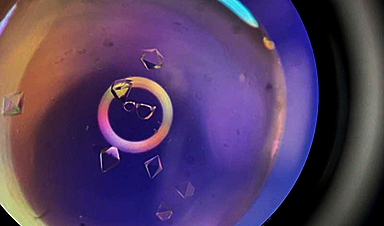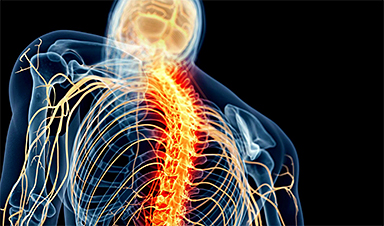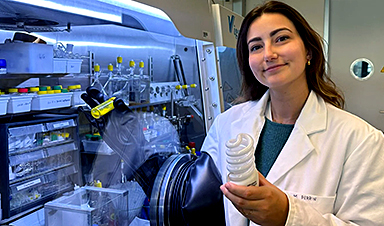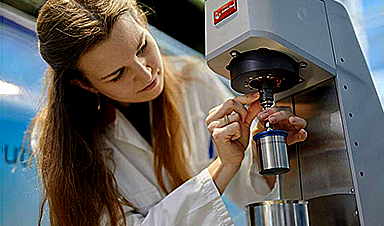A computer-assisted needle misses its target, puncturing the spine. A diabetic patient goes rapidly downhill after a computer recommends an incorrect insulin dosage. An ultrasound fails to diagnose an obvious heart condition that is ultimately fatal.
These are just a few examples of incidents reported to the United States’ Food and Drug Administration involving health technology assisted by artificial intelligence (AI), and Australian researchers say they are an “early warning sign” of what could happen if regulators, hospitals and patients don’t take safety seriously in the rapidly evolving field.
“This is essentially showing us that when we’re putting in AI systems, we just need to be taking the safety of these systems really seriously,” Professor Farah Magrabi said.
Her team at the Australian Institute of Health Innovation at Macquarie University this month published a review of 266 safety events involving AI-assisted technology reported to the US watchdog. The article appeared in the Journal of the American Medical Informatics Association.
Only 16 per cent actually led to patients being harmed, but two-thirds were found to have the potential to cause harm, and 4 per cent were categorised as “near-miss events” in which users intervened.
Co-author Dr David Lyell said issues arose most commonly when users failed to enter the correct data, leading to an incorrect result, or misunderstood what the AI was actually telling them when it produced a result.
For example, one patient suffering a heart attack delayed medical care because an over-the-counter electrocardiogram device – which is not capable of detecting a heart attack – told them they had “normal sinus rhythm”.
“AI isn’t the answer; it’s part of a system that needs to support the provision of healthcare. And we do need to make sure that we have the systems in place that supports its effective use to promote healthcare for people,” Lyell said.
The researchers chose to analyse cases in the US, where the implementation of AI-enabled health devices is more advanced than in Australia. The US regulator has, to date, approved 521 artificial intelligence and machine learning-enabled medical devices, with 178 of those added in 2022.
In Australia, the Therapeutic Goods Administration (TGA) does not collect data about the number of approved devices in Australia that have AI or machine-learning components, but Magrabi said the regulator was taking the issue “very, very seriously”.
“AI isn’t the answer, it’s part of a system that needs to support the provision of health care.”
David Lyell, Australian Institute of Health Innovation, Macquarie University
AI has been used in healthcare devices for decades, but an explosion in data collection, computing power and advanced algorithms has opened up new frontiers, said David Hansen, chief executive of the CSIRO’s Australian E-Health Research Centre.
Sydney-based medical device start-up EMVision is one Australian company taking advantage of these advancements to develop a portable device for diagnosing stroke without the need for an MRI.
In the development stage, the company is using an advanced algorithm and high-powered computers to simulate stroke in numerous places in the brain, building up a database of synthetic images similar to MRIs which are then compared with real-life MRI and CT results from hospital clinical trials at Royal Melbourne, Liverpool and Princess Alexandra hospitals.
“We wouldn’t be able to do what we’re doing today if we didn’t have the [high-powered computer] infrastructure for the simulation,” said head of product development Forough Khandan.
Co-founder Scott Kirkland said the intention was not to completely replace CT and MRI scans, but to diagnose stroke in the first hour when treatment is most effective. The bedside device, set to be launched in 2025, will use a “traffic light” system based on a probability algorithm to help determine what type of stroke might have occurred.
“It’s better for an algorithm to give an ‘I don’t know’ than an incorrect answer, and have the wrong treatment and or triage process followed,” Kirkland said.
Radiology is at the forefront of the rapid adoption of AI in healthcare, especially in breast cancer screening and analysis of chest X-rays.
“A couple of years ago, almost no radiologist would say they use it, now a fair percentage would say that they use it in their daily work,” said clinical radiologist and AI safety researcher Dr Lauren Oakden Rayner.
Rayner, a member of the college, said the technology had many potential benefits, but Australian regulators and clinicians needed to better understand the risks of fully autonomous systems before putting them into hospitals, clinics and homes.
“Humans are legally and morally responsible for decision-making, and it’s taking some of that out of human hands,” she said. “There’s no reason autonomous AI systems can’t exist … but they obviously have to be tested very, very tightly.”
News
The Silent Battle Within: How Your Organs Choose Between Mom and Dad’s Genes
Research reveals that selective expression of maternal or paternal X chromosomes varies by organ, driven by cellular competition. A new study published today (July 26) in Nature Genetics by the Lymphoid Development Group at the MRC [...]
Study identifies genes increasing risk of severe COVID-19
Whether or not a person becomes seriously ill with COVID-19 depends, among other things, on genetic factors. With this in mind, researchers from the University Hospital Bonn (UKB) and the University of Bonn, in [...]
Small regions of the brain can take micro-naps while the rest of the brain is awake and vice versa
Sleep and wake: They're totally distinct states of being that define the boundaries of our daily lives. For years, scientists have measured the difference between these instinctual brain processes by observing brain waves, with [...]
Redefining Consciousness: Small Regions of the Brain Can Take Micro-Naps While the Rest of the Brain Is Awake
The study broadly reveals how fast brain waves, previously overlooked, establish fundamental patterns of sleep and wakefulness. Scientists have developed a new method to analyze sleep and wake states by detecting ultra-fast neuronal activity [...]
AI Reveals Health Secrets Through Facial Temperature Mapping
Researchers have found that different facial temperatures correlate with chronic illnesses like diabetes and high blood pressure, and these can be detected using AI with thermal cameras. They highlight the potential of this technology [...]
Breakthrough in aging research: Blocking IL-11 extends lifespan and improves health in mice
In a recent study published in the journal Nature, a team of researchers used murine models and various pharmacological and genetic approaches to examine whether pro-inflammatory signaling involving interleukin (IL)-11, which activates signaling molecules such [...]
Promise for a universal influenza vaccine: Scientists validate theory using 1918 flu virus
New research led by Oregon Health & Science University reveals a promising approach to developing a universal influenza vaccine—a so-called "one and done" vaccine that confers lifetime immunity against an evolving virus. The study, [...]
New Projects Aim To Pioneer the Future of Neuroscience
One study will investigate the alterations in brain activity at the cellular level caused by psilocybin, the psychoactive substance found in “magic mushrooms.” How do neurons respond to the effects of magic mushrooms? What [...]
Decoding the Decline: Scientific Insights Into Long COVID’s Retreat
Research indicates a significant reduction in long COVID risk, largely due to vaccination and the virus’s evolution. The study analyzes data from over 441,000 veterans, showing lower rates of long COVID among vaccinated individuals compared [...]
Silicon Transformed: A Breakthrough in Laser Nanofabrication
A new method enables precise nanofabrication inside silicon using spatial light modulation and laser pulses, creating advanced nanostructures for potential use in electronics and photonics. Silicon, the cornerstone of modern electronics, photovoltaics, and photonics, [...]
Caught in the actinium: New research could help design better cancer treatments
The element actinium was first discovered at the turn of the 20th century, but even now, nearly 125 years later, researchers still don't have a good grasp on the metal's chemistry. That's because actinium [...]
Innovative Light-Controlled Drugs Could Revolutionize Neuropathic Pain Treatment
A team of researchers from the Institute for Bioengineering of Catalonia (IBEC) has developed light-activated derivatives of the anti-epileptic drug carbamazepine to treat neuropathic pain. Light can be harnessed to target drugs to specific [...]
Green Gold: Turning E-Waste Into a Treasure Trove of Rare Earth Metals
Scientists are developing a process inspired by nature that efficiently recovers europium from old fluorescent lamps. The approach could lead to the long-awaited recycling of rare earth metals. A small molecule that naturally serves [...]
Cambridge Study: AI Chatbots Have an “Empathy Gap,” and It Could Be Dangerous
A new study suggests a framework for “Child Safe AI” in response to recent incidents showing that many children perceive chatbots as quasi-human and reliable. A study has indicated that AI chatbots often exhibit [...]
Nanoparticle-based delivery system could offer treatment for diabetics with rare insulin allergy
Up to 3% of people with diabetes have an allergic reaction to insulin. A team at Forschungszentrum Jülich has now studied a method that could be used to deliver the active substance into the [...]
Nanorobot kills cancer cells in mice with hidden weapon
Researchers at Karolinska Institutet in Sweden have developed nanorobots that kill cancer cells in mice. The robot's weapon is hidden in a nanostructure and is exposed only in the tumor microenvironment, sparing healthy cells. [...]
